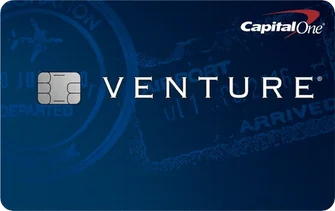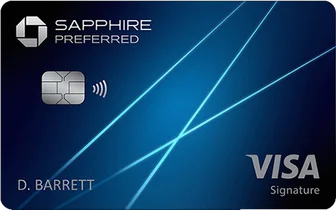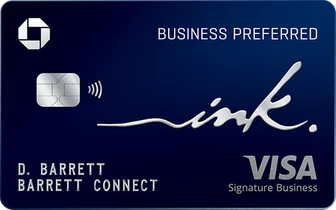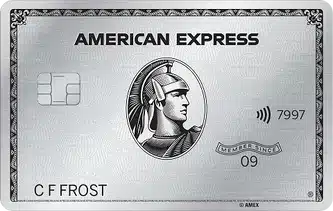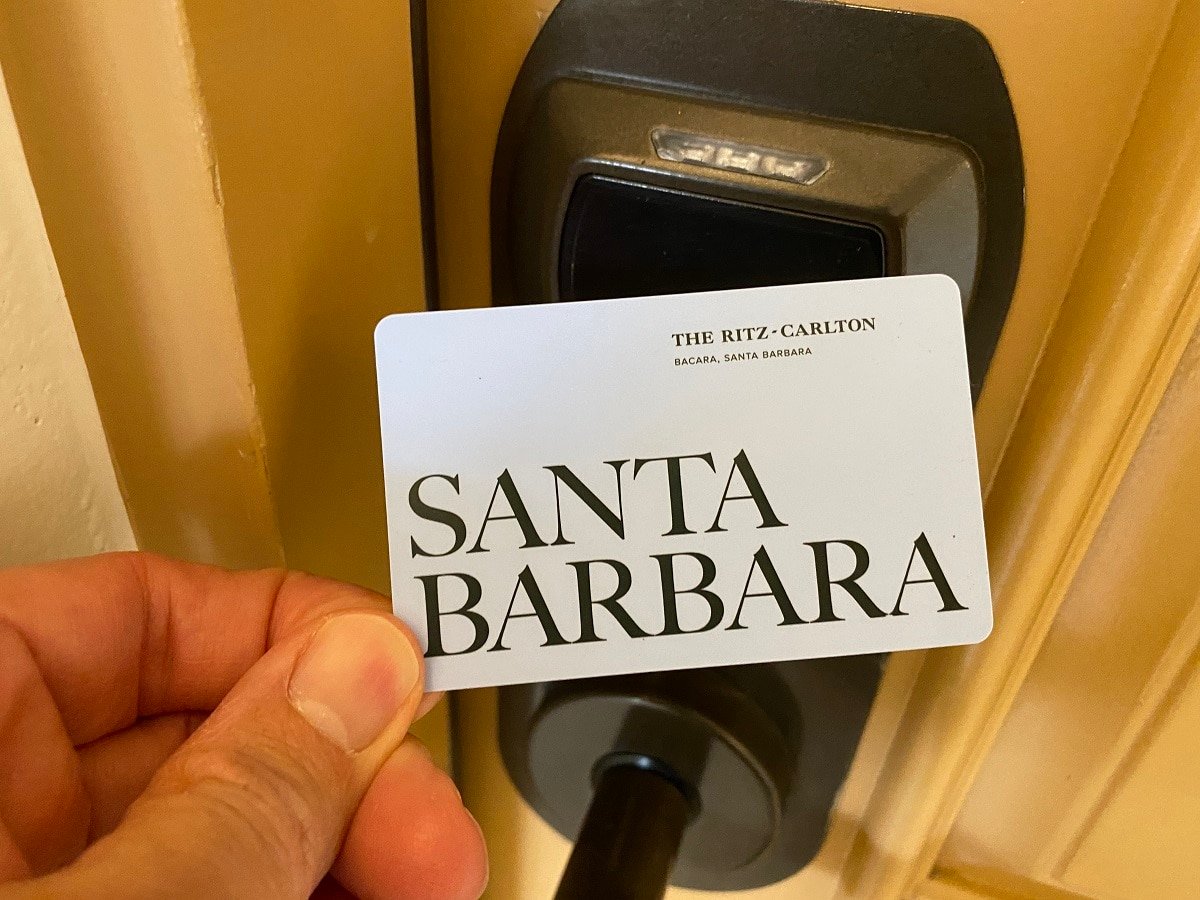This post contains references to products from one or more of our advertisers. We may receive compensation when you click on links to those products. For an explanation of our Advertising Disclosure, visit this page.
Do you have a mountain of credit card debt you’re ready to pay off? Being able to get a balance transfer credit card can help you save a small fortune in interest charges. You may also be able to pay off your balance sooner.
Should I Get a Balance Transfer Credit Card?
Is a balance transfer a good idea? It depends. In order to better understand, we’ll talk about how balance transfers work. Learning the advantages of balance transfer credit cards can help with your decision. Before you apply, you should also be aware of any “hidden fees” that accompany balance transfers.
Related: Best balance transfer credit cards
How Balance Transfers Work
A balance transfer credit card works precisely as it sounds. You transfer an existing credit card to another with a lower interest rate.
In most cases, you transfer your balance when you qualify for a limited-time 0% APR. This promotional rate typically lasts between 12 and 18 months. You will also likely pay a one-time transfer fee. The transfer fee for most credit cards is 3%, but it can be as high as 5%.
The balance you transfer won’t accrue interest charges during the promotional period. Once the promo period ends, any remaining balance starts accruing interest.
Below are some of the key details you should know about when comparing balance transfer offers.
Transfer Deadline
It might seem unnecessary to point out the obvious but here goes. Apply for a new balance transfer credit card when you are ready to transfer your balance(s). Most promotions only offer the introductory APR to transfers made within a specific time period.
Plus, the later you wait to transfer means you are likely to pay more interest charges long-term.
Balance Transfer APR
During the promotion period APR, all qualifying transfers have a 0% interest rate for the remaining months. The remaining balance returns to the current variable APR once the promotion ends.
To remain qualified for the 0% APR, you will need to make the minimum monthly payment.
Fees
Your new credit card will most likely charge a one-time balance transfer fee on all funds you transfer. The average fee is 3% but it can be lower (or higher). Transferring $8,000 means your fee is $240 with a 3% transfer fee.
Some consider this charge a “hidden fee.” However, this upfront cost can be significantly lower than keeping your balance on your current card.
Credit Score Impact
Applying for a new credit card will negatively affect your credit card temporarily. Getting credit card pre-approval doesn’t impact your score. But the bank will perform a “hard pull” when you officially apply for the card.
Each hard pull lowers your score a few points. The new account will also lower your score until you establish a positive payment history and the account age grows.
Must Transfer Balance to a Different Bank Credit Card
The information for the Chase Slate Edge℠ has been collected independently by Johnny Jet. The card details on this page have not been reviewed or provided by the card issuer.
Each balance transfer credit card offer varies slightly. One common trait is that you can’t transfer the balance to another card issued by the same bank. For example, you can’t transfer a balance from your Chase Freedom Flex® to a Chase Slate Edge℠ card.
The Chase Slate Edge℠ lets you start off strong with 0% Intro APR for 18 months from account opening on purchases and balance transfers. A variable APR of 20.49% – 29.24% on balance transfers and purchases after the introductory period ends.
But you can transfer from a Chase credit card to a non-Chase card such as a Citi credit card.
Balance Transfer Limits
Each bank may also have a maximum balance transfer limit. This limit can be higher than your new credit card spending limit. But if your credit card limit is lower, that’s the most you can transfer at one time.
Should I Get a Balance Transfer Credit Card?
It can be worth getting a balance transfer credit card if you have several thousand dollars to transfer. The savings can be worth applying for a new credit card. Also, make sure you won’t build another balance after you transfer your balance.
Where to Get a Balance Transfer Credit Card
There are many places you can get a balance transfer credit card. You should focus on applying for the best balance transfers first to get the best rates.
Many balance transfer credit cards don’t offer purchase rewards on new purchases. It’s a small price to pay one might say. After paying off your balance, you may decide to apply for one of the best rewards credit cards to maximize each new purchase.
Citi Simplicity Card
The information for the Citi Simplicity® Card has been collected independently by Johnny Jet. The card details on this page have not been reviewed or provided by the card issuer.
You will have a hard time finding a longer promotion period than the Citi Simplicity Card offers. Plus, you won’t pay an annual fee. The Citi Simplicity® Card has no late fees and no penalty rate.
Also, there is a 0% Intro APR for 21 months on balance transfers from the date of the first transfer and 0% Intro APR for 12 months on purchases from the date of account opening. After that, the variable APR will be 18.99% – 29.74%, based on your creditworthiness. Balance transfers must be completed within 4 months of account opening.
There is an introductory balance transfer fee of $5 or 3% of the amount of the transfer, whichever is greater for balance transfers completed within 4 months of account opening.
Citi Double Cash Card
The information for the Citi® Double Cash Card has been collected independently by Johnny Jet. The card details on this page have not been reviewed or provided by the card issuer.
The Citi® Double Cash Card is one card you can hold long-term.
All new purchases earn 2% cash back, with unlimited 1% cash back when you buy, plus an additional 1% as you pay for those purchases. However, to earn cash back, pay at least the minimum due on time.
The Citi Double Cash doesn’t have an annual fee. You will need to have a good to excellent credit score for this card.
Capital One Quicksilver Cash Rewards Credit Card
One of the few Capital One credit cards to offer a balance transfer offer is the Capital One Quicksilver Cash Rewards Credit Card. All purchases earn 1.5% cash back. However, the Quicksilver earns unlimited 5% cash back on hotels and rental cars booked through Capital One Travel. You also won’t pay an annual fee or a foreign transaction fee.
Summary
It can be easier than you think to get a balance transfer credit card. Before applying, look for the longest 0% introductory APR and the smallest balance transfer fee. You can save money and pay off your balance at the same time. As your balance decreases, your credit score can also grow.
FAQs
Is a balance transfer worth it?
A balance transfer credit card can be worth it in these instances:
- You qualify for the 0% intro APR
- The 0% APR savings are more than the upfront balance transfer fee
- Are you comfortable applying for a new credit card
- Won’t carry a new balance on your existing credit card
If you can make a quick lump sum payment, the better decision can be keeping the balance on your current card. This spares you from opening a new credit card which can temporarily penalize your credit score.
A balance transfer may not be worth it if the fees cost more than the savings. Or you won’t be able to make enough payments to reduce your balance size. Instead, you might focus on leaving the balance on your current card and asking for an APR decrease. Another option is consolidating your debt with a personal loan.
What is the best credit card to transfer a balance to?
The best credit card for balance transfers depends on which card your existing balance is on. You will need to transfer your balance to another bank credit card. For example, you won’t be able to transfer your balance from one American Express credit card to another.
When you transfer a balance on a credit card what happens?
Credit card balance transfers are easy. Here’s the step-by-step process to make a balance transfer:
- Apply and open a new balance transfer credit card with a 0% APR promotion
- Make a transfer request within your new credit card account before the promotion deadline
- Pay any one-time balance transfer fee
- Make at least the minimum monthly payment to maintain the 0% intro APR
- Any remaining balance accrues interest charges after the promotion period ends.
Ideally, you will repay your entire transferred balance within the 0% APR promotion period to avoid interest charges. After transferring the balance from your existing credit card, you can close the account or keep it open.
Related Article:

